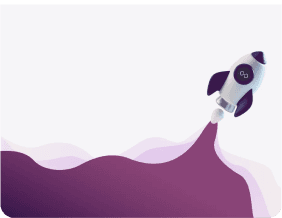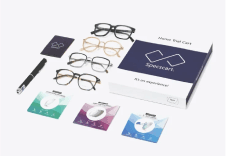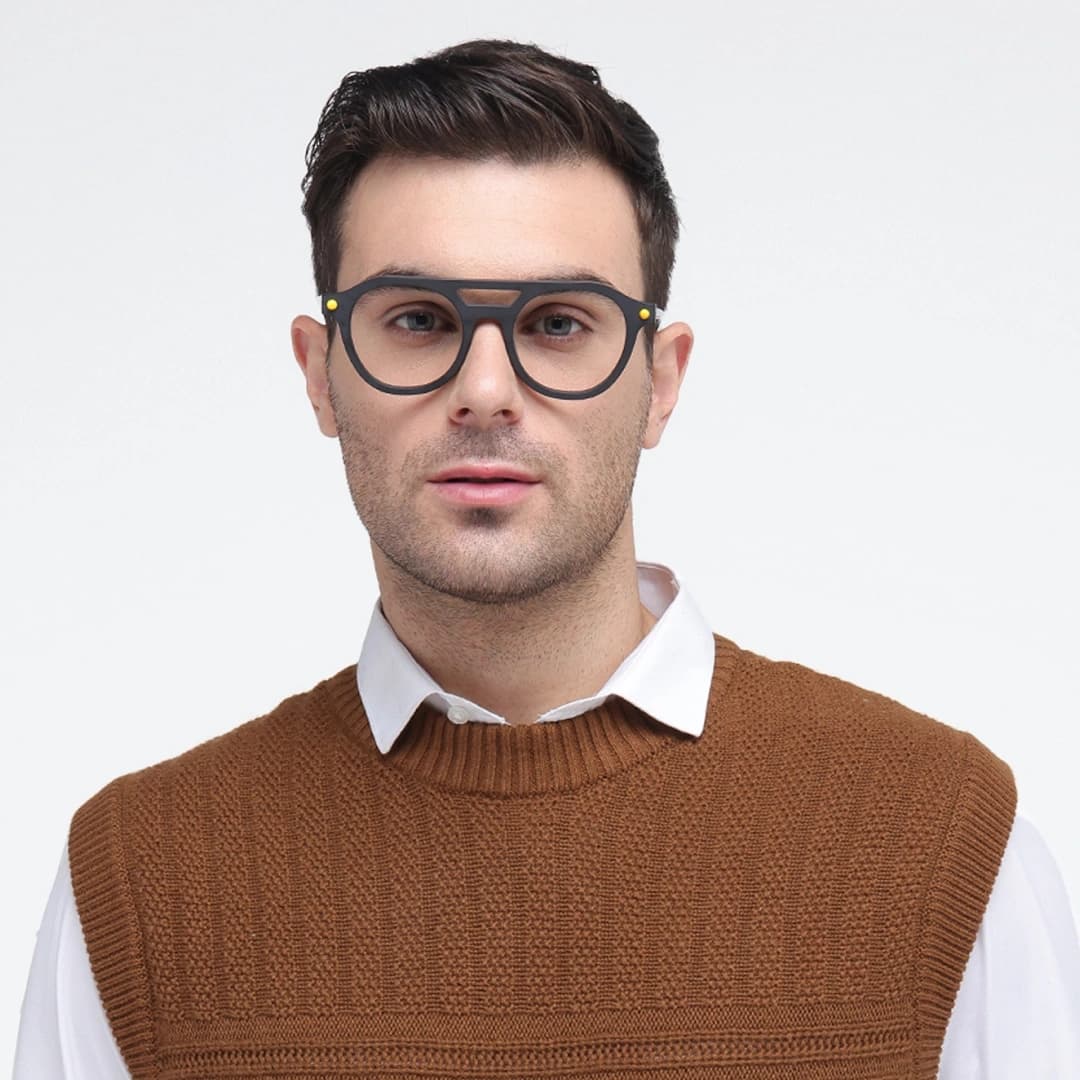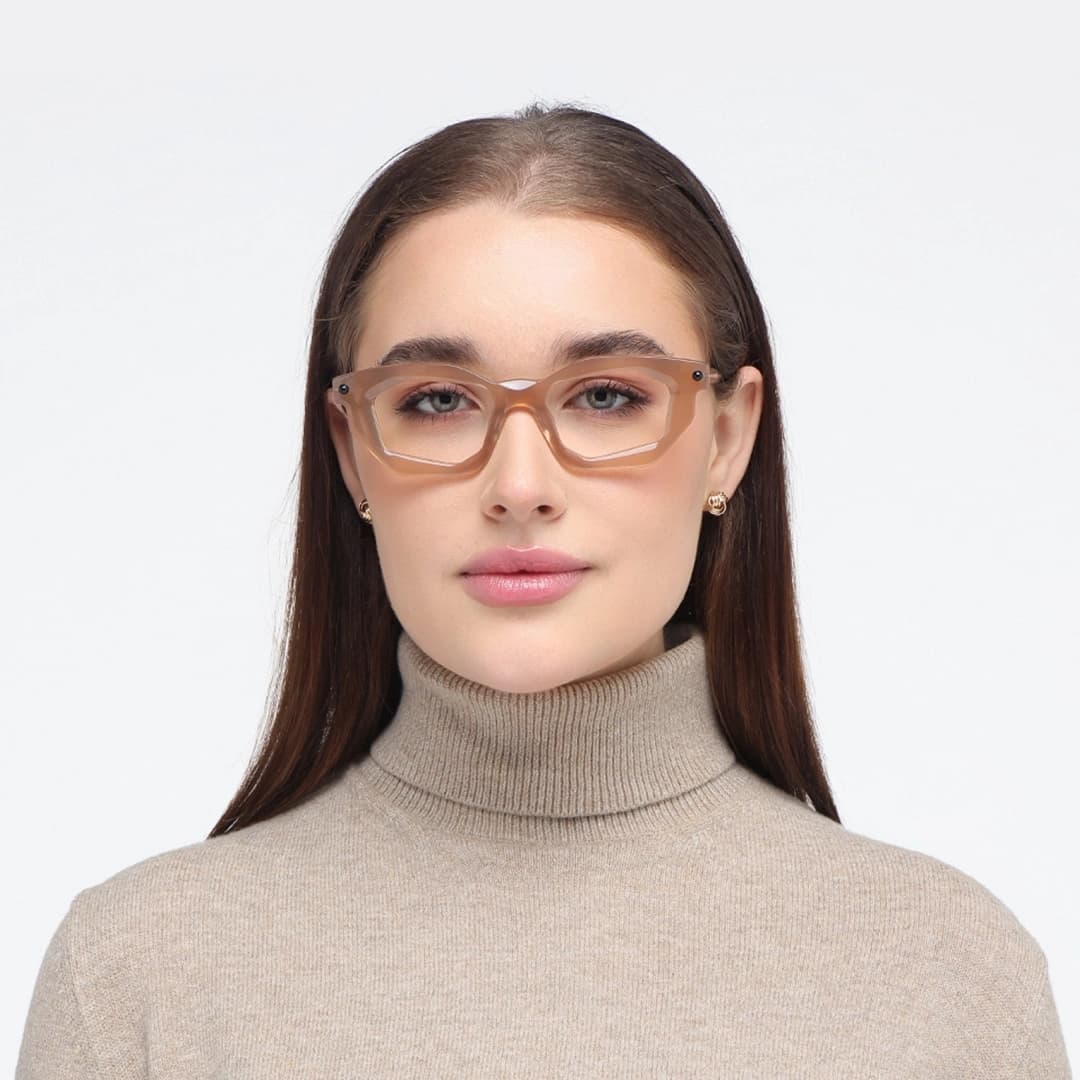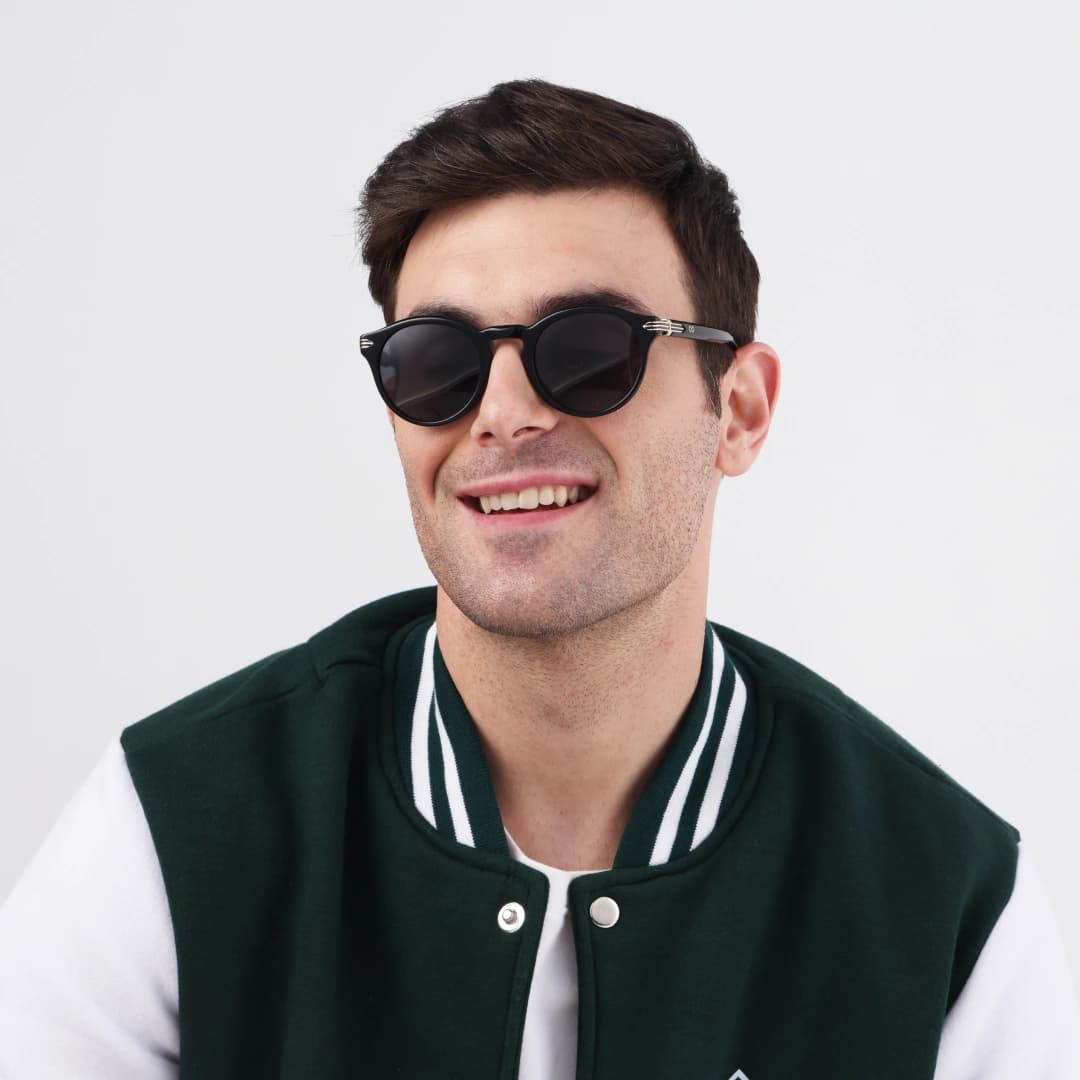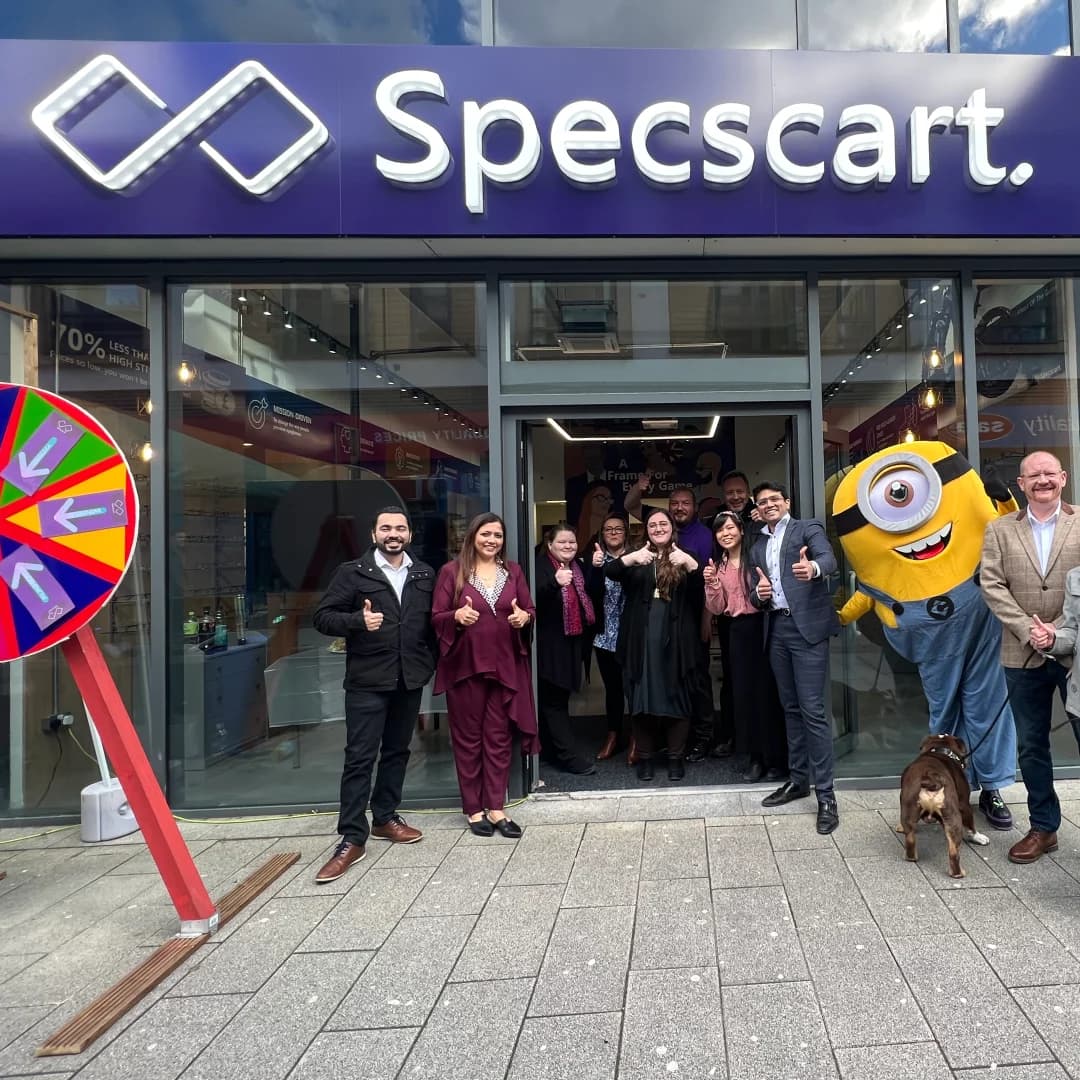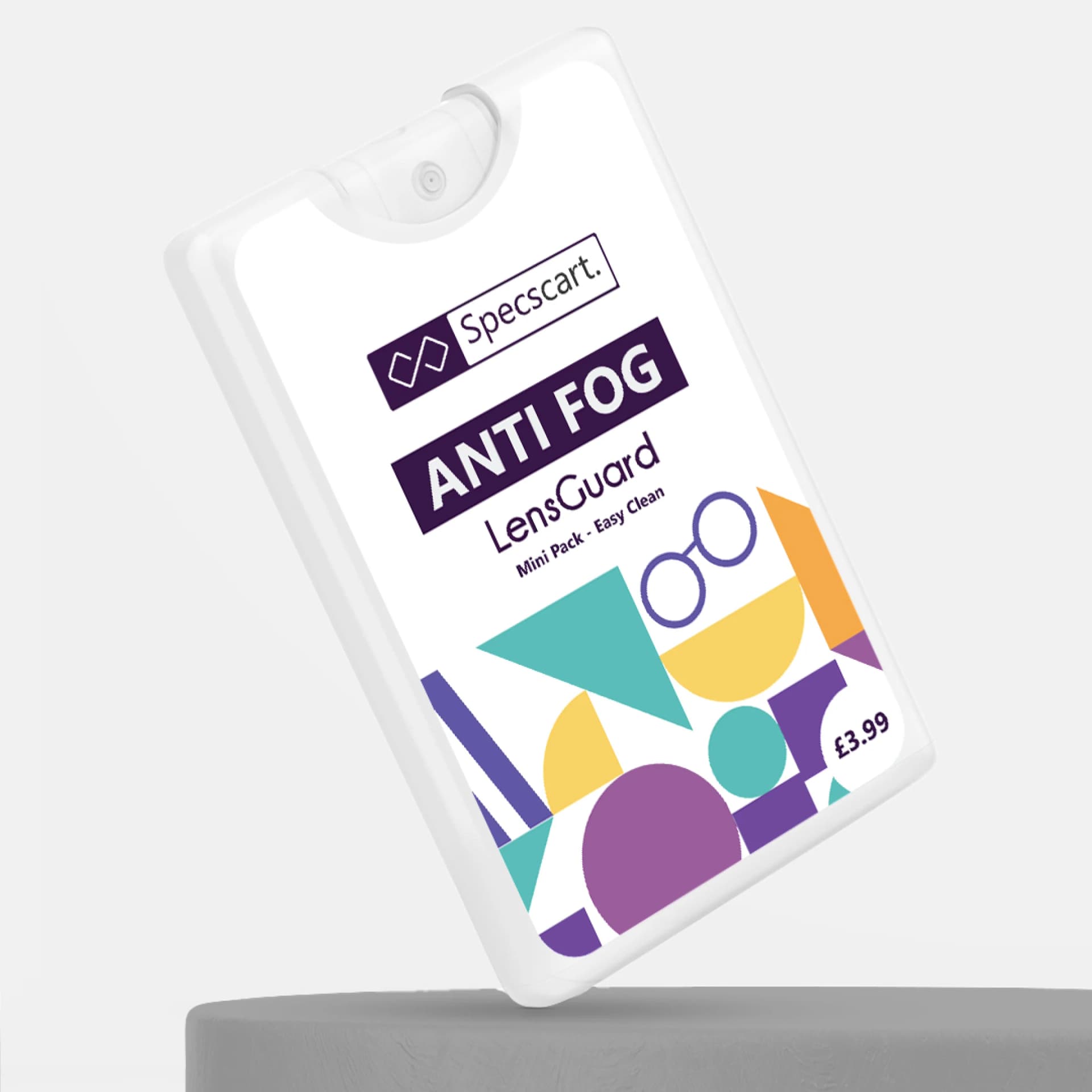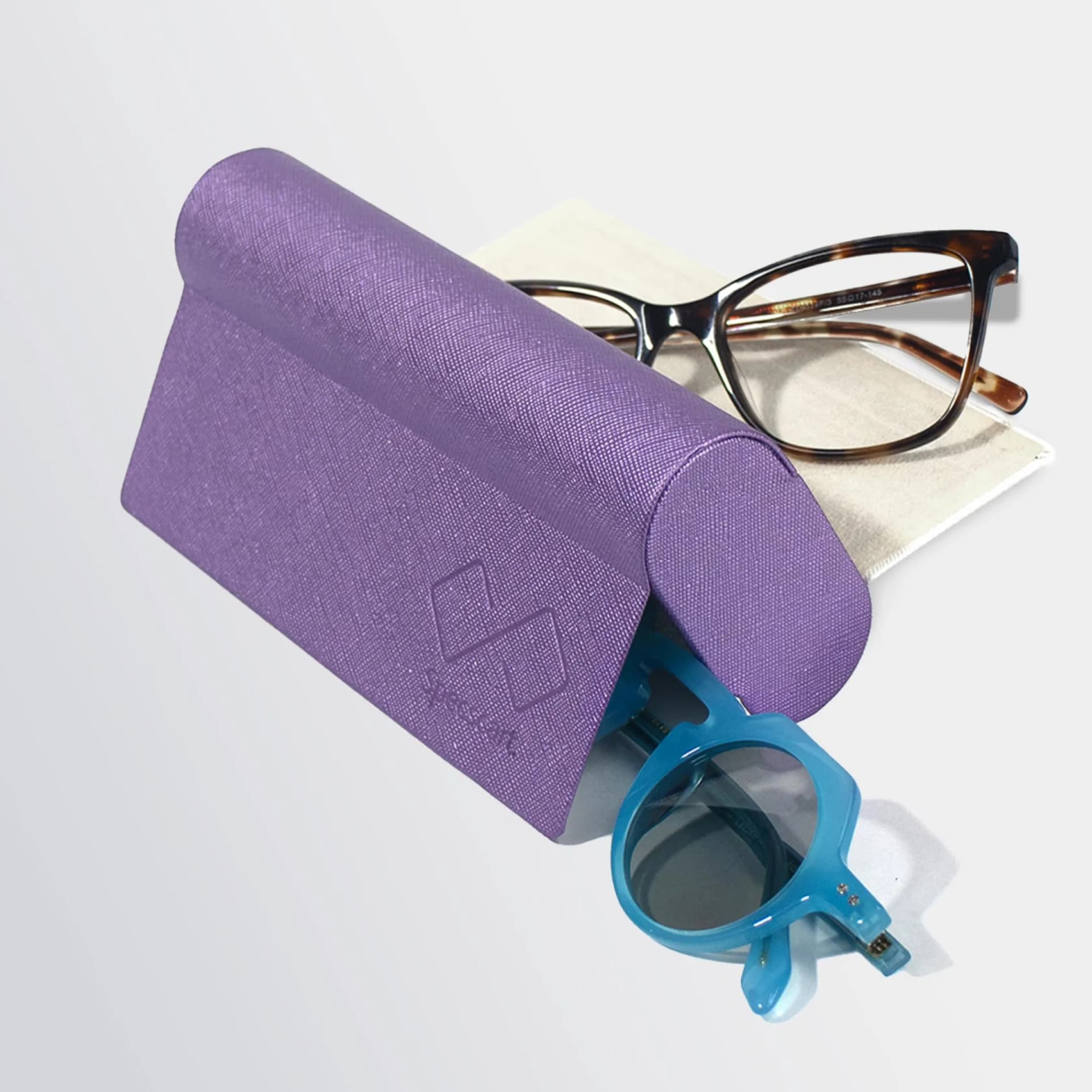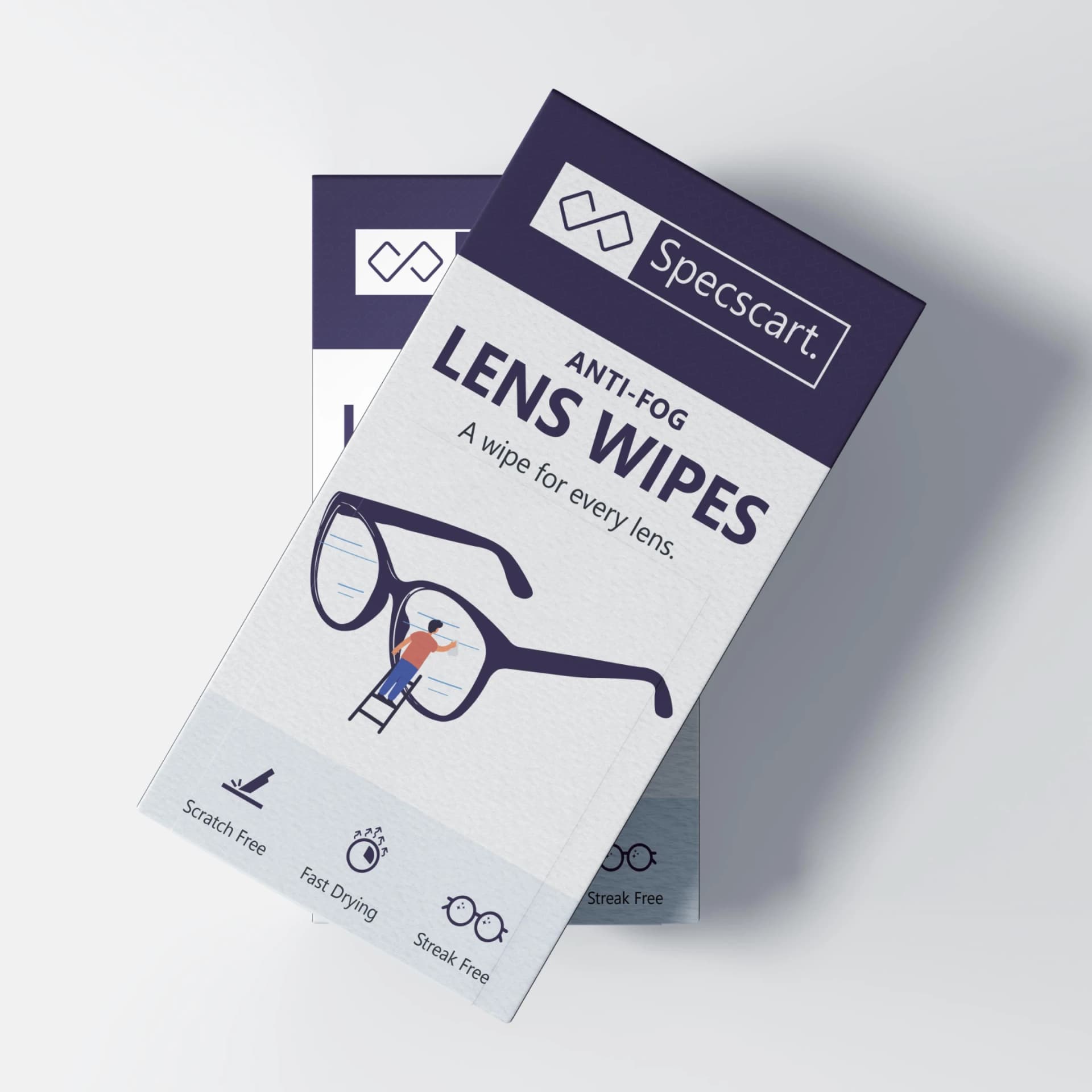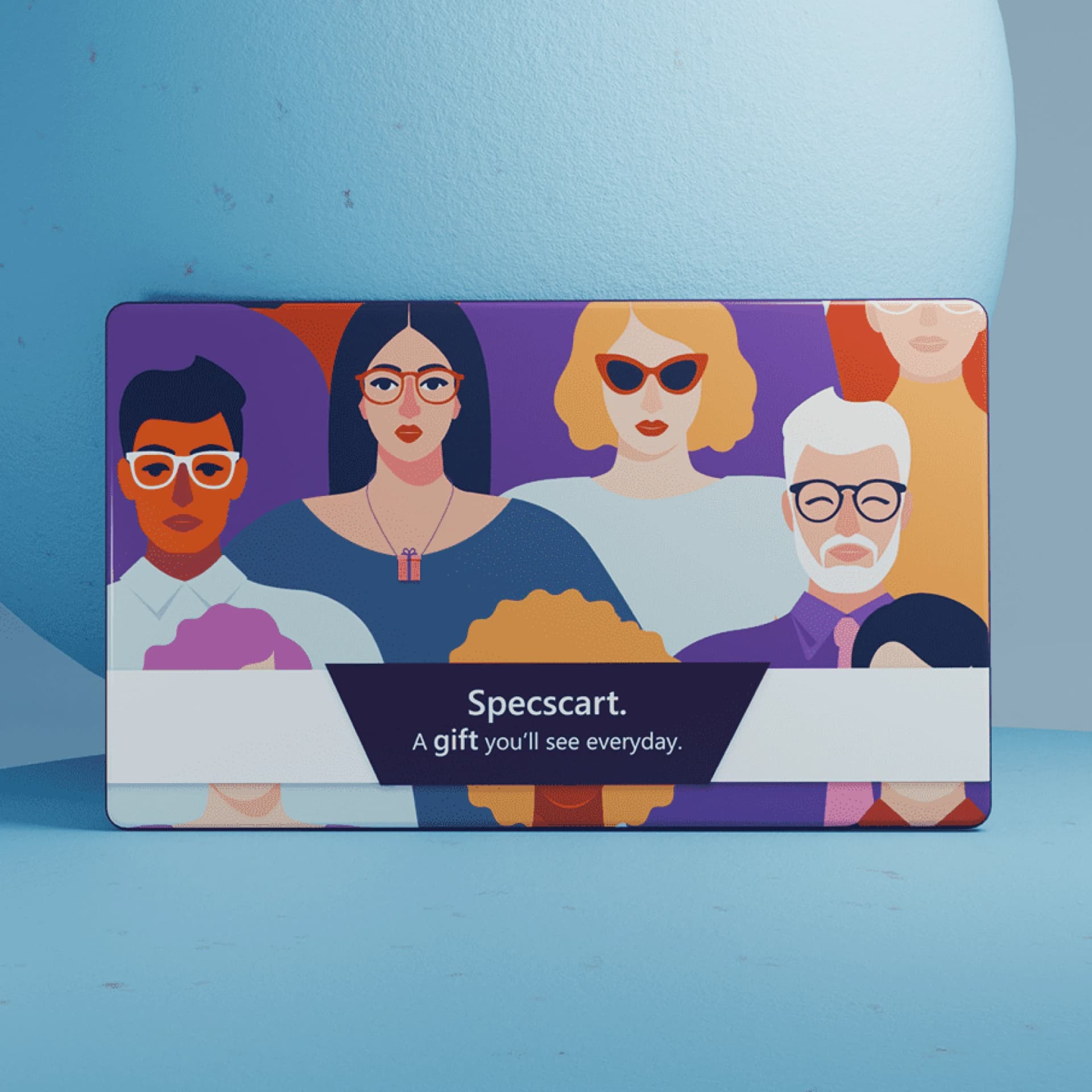Predicting the future of optometry with artificial intelligence (AI)

Content Manager
“If AI could predict future eye disease then clinicians could potentially prevent sight loss before it occurs” - Reena Chopra, Optometrist at Moorfields Eye Hospital, London
Artificial Intelligence is transforming every industry. While the technology has deepened its roots in computers & engineering, it hasn’t been long since the healthcare sector realised the true potential of AI. But now that it’s finally here, patients can expect a speedy diagnosis of various health conditions and better support.
And since AI involves making use of image recognition, it will give optometrists and eye doctors a better understanding of various eye diseases. Now they can closely examine the different parts of your eyes for a quicker and more accurate diagnosis.
Use of artificial intelligence in optometry
1. Artificial Intelligence for eyecare app
Doctors are making use of AI to diagnose and observe eye diseases. Artificial intelligence-powered eye tests can provide better eye image results to observe and detect ailments such as glaucoma, macular degeneration, diabetic retinopathy and cataracts.
AI monitors can read and assess patients’ medical history and test results in a quick manner to facilitate rapid diagnosis. Fluid Intelligence by RETINA-AI and GlaucomaCalc are some eye care apps that provide detailed information and immediate results. These apps use an AI algorithm to interpret imaging data captured during retainal scans and then briefing the information to the app users simply yet effectively.
2. Detecting diabetic retinopathy
Diabetic retinopathy (DR) is an eye ailment that concerns the blood vessels in the eyes and can get to further difficulties such as blindness or eye damage.
Diabetic retinopathy is one the most common reasons behind blindness in the working-age population around the globe. Thus, the proficiency of AI to observe symptoms of DR and diagnosing the problem as timely as possible will do a lot towards curbing blindness.
In a review of AI in diabetic retinopathy by NCBI (National Center for Biotechnology Information), it was concluded that AI helps in DR detection. AI tools can help doctors with image analysis which translates the next step in the treatment. It will also help clinicians to attend to more patients that need immediate medical attention.
3. Eyecare monitors
You must have heard that using screens for a long time leads to eye strain. But, there are special monitors that can relieve eye strain and enhance eyesight.
Equipped with AI technology, these monitors take many factors into consideration such as your eye movements, blinking rate, lighting levels and facial expressions. Based on this information, these monitors can adjust the contrast levels and brightness to prevent eye strain from prolonged use of computers.
People with normal vision are more likely to find this technology useful as compared to those with vision problems. To avoid ocular damage from excessive screen time, it’s best to use blue light blockers. They eliminate the risk of eye strain and enhance your vision when staring at a screen.
4. Studying the eye anatomy
Researchers are making use of AI to study the complexity of the human eye. Machine learning can process huge data in milliseconds where humans take hours or maybe even days to process the same amount of data.
Another technology used in optometry is optical coherence tomography (OCT) that produces high definition pictures by scanning the tissues of the eyes. OCT is also used in evaluating the treatment as well. With image scanning, the doctors can check the disposition of the drugs administered during the treatment.
5. AI to aid low vision
While the treatment for glaucoma and macular degeneration has improved over the past decade, these problems often lead to irreversible changes in your vision. However, with the use of technologies such as AI, visually impaired patients can now have visual aids to reclaim the lost freedom and control of their lives.
Prescription glasses are the most common type of visual aid. But the recent advancements in technology have made these visual aids catering to your specific vision needs.
Microsoft’s new app Seeing AI is one such example. With additional sensory inputs, this app helps users with low vision to identify objects, currencies and texts only by using your smartphone’s camera.
Artificial Intelligence & In-Person Care
No matter how advanced AI gets, it is not able to replicate human emotions and behaviours. Empathy and communication skills are the top attributes that AI cannot reproduce. Thus, we can see this new technology playing an assertive role in treatment rather than replacing optometrists and eye doctors.
Moreover, getting through an illness is more about receiving proper health care rather than early diagnosis. AI is able to give a detailed analysis of a patient’s eye health within minutes. But, what one has to do with that information and the future course of action will be determined by the doctor.
Thus, there’s no way AI will ever be able to treat an eye problem on its own. However, it sure will help the doctors understand the disease in a better way and predict the future of a patient’s eye condition. Human care mixed with the findings of AI has the potential to change the future of optometry for the better.
Conclusion
The eye care landscape is open to new technologies and AI. Through retinal photos and OCT scans, timely detection of eye ailments will optimise the decision-making process leading to better patient care.
It will also bring down the cases of preventable blindness while saving the cost to the whole healthcare system. It’s only a matter of time before AI becomes a requirement in optometry practice.
Caution: You may become style obsessed
Your way finder
2000+ Trendy Styles

Fashion Forward Sunnies














